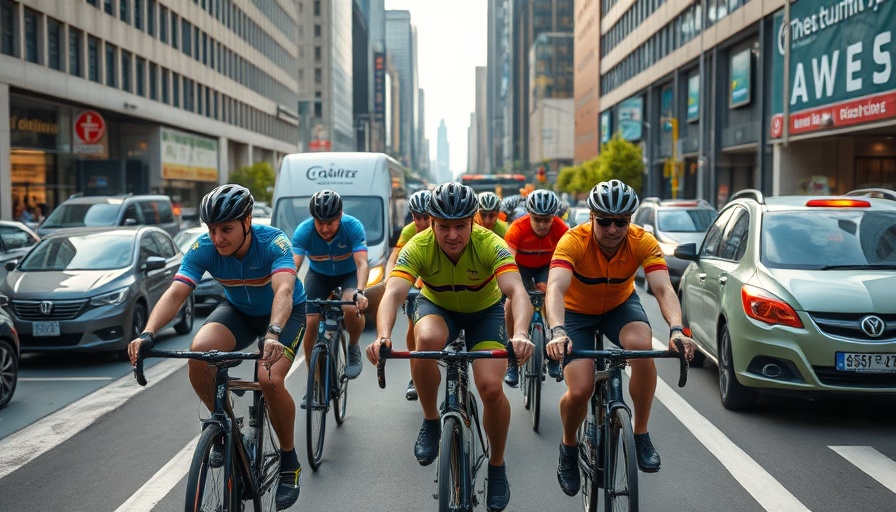
Transforming Royal Park: The New Vision for Accessibility
The City of Melbourne is concluding an ambitious master plan for Royal Park, Melbourne's largest park, first reserved for public use in 1854. This initiative prioritizes enhanced access for active transport, focusing on improving bike and pedestrian trails to create a more accessible and enjoyable environment.
A Historical Perspective on Royal Park
Royal Park spans 169 hectares but has faced ongoing challenges over the years, with portions lost to non-parkland uses. Notably, approximately eight hectares are designated for car parking. Yet, as Melbourne's population continues to grow, the park's role and utility for urban dwellers must evolve accordingly. This master plan not only seeks to restore lost parkland but also to serve the community with dynamic spaces for recreation and transport.
The Master Plan: Enhancements and Innovations
The newly proposed plan aims to offer a comprehensive suite of interconnected walking and cycling paths. It emphasizes creating a clear hierarchy in the path network that prioritizes pedestrians and cyclists over motor vehicles. The proposed paths will span a minimum of three meters in width and will feature dedicated lanes to reduce congestion, enhancing safety for all users.
Expected Benefits of Improved Access
As detailed in the master plan report, the benefits of active transport and physical activity significantly contribute to public health. The park anticipates millions of visitors yearly, projected to increase due to population growth. Thus, making the park more navigable can facilitate daily exercise and promote a healthier lifestyle for Melburnians.
The Future of Royal Park: A Community Asset
This comprehensive plan not only enhances mobility but also aims to illuminate paths to a standard that supports active transport while minimizing environmental impact. This balance speaks to the park's evolving identity as a welcoming, safe, and enjoyable recreational space for the community.
Engagement and Community Feedback
Community feedback is crucial as the city finalizes the draft. The feedback window remains open until 14 February 2025, allowing residents to voice their opinions on the future of their public spaces. Engaging the community in such dialogues fosters a sense of stewardship over the park as a shared resource.
 Add Row
Add Row  Add
Add 




Write A Comment